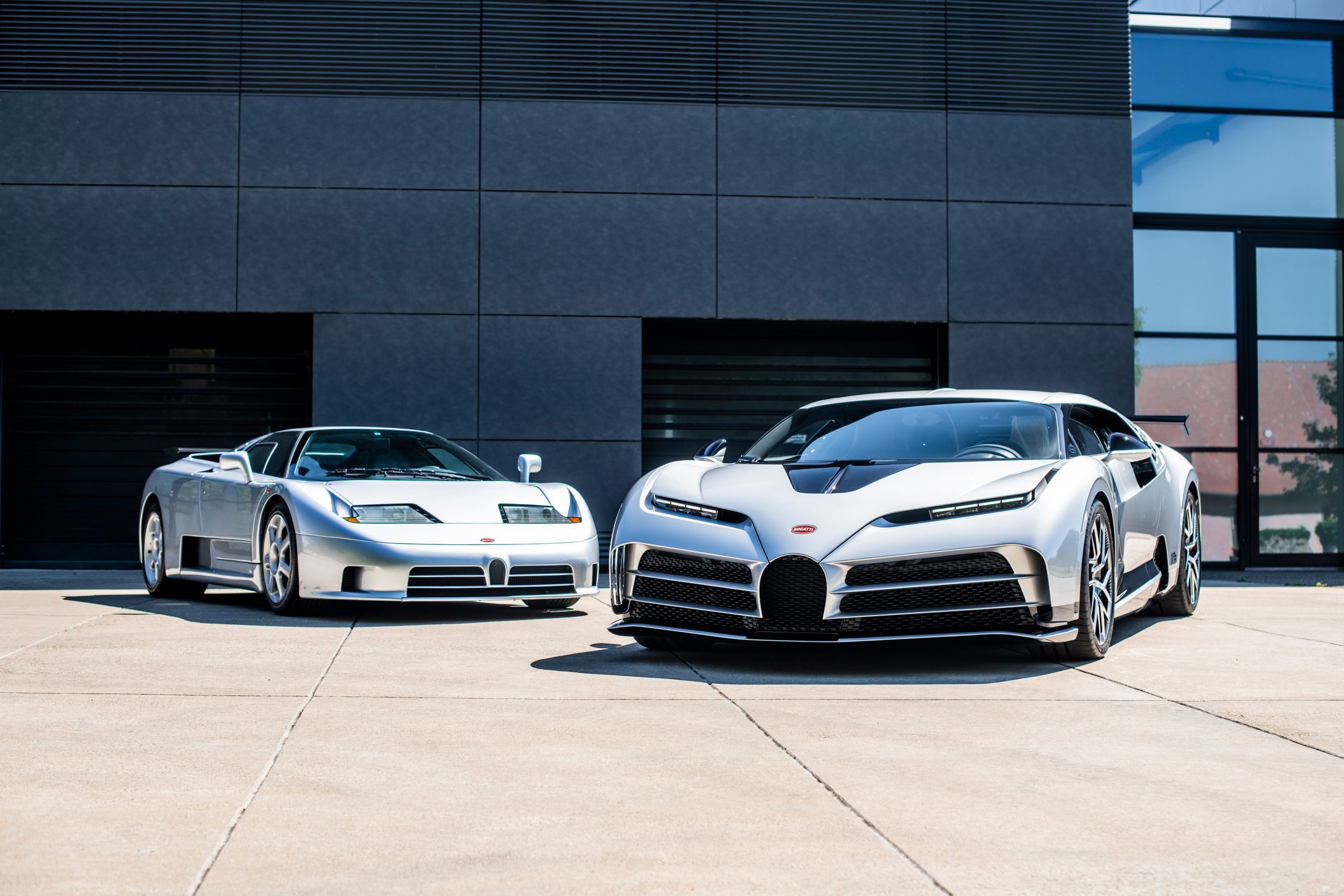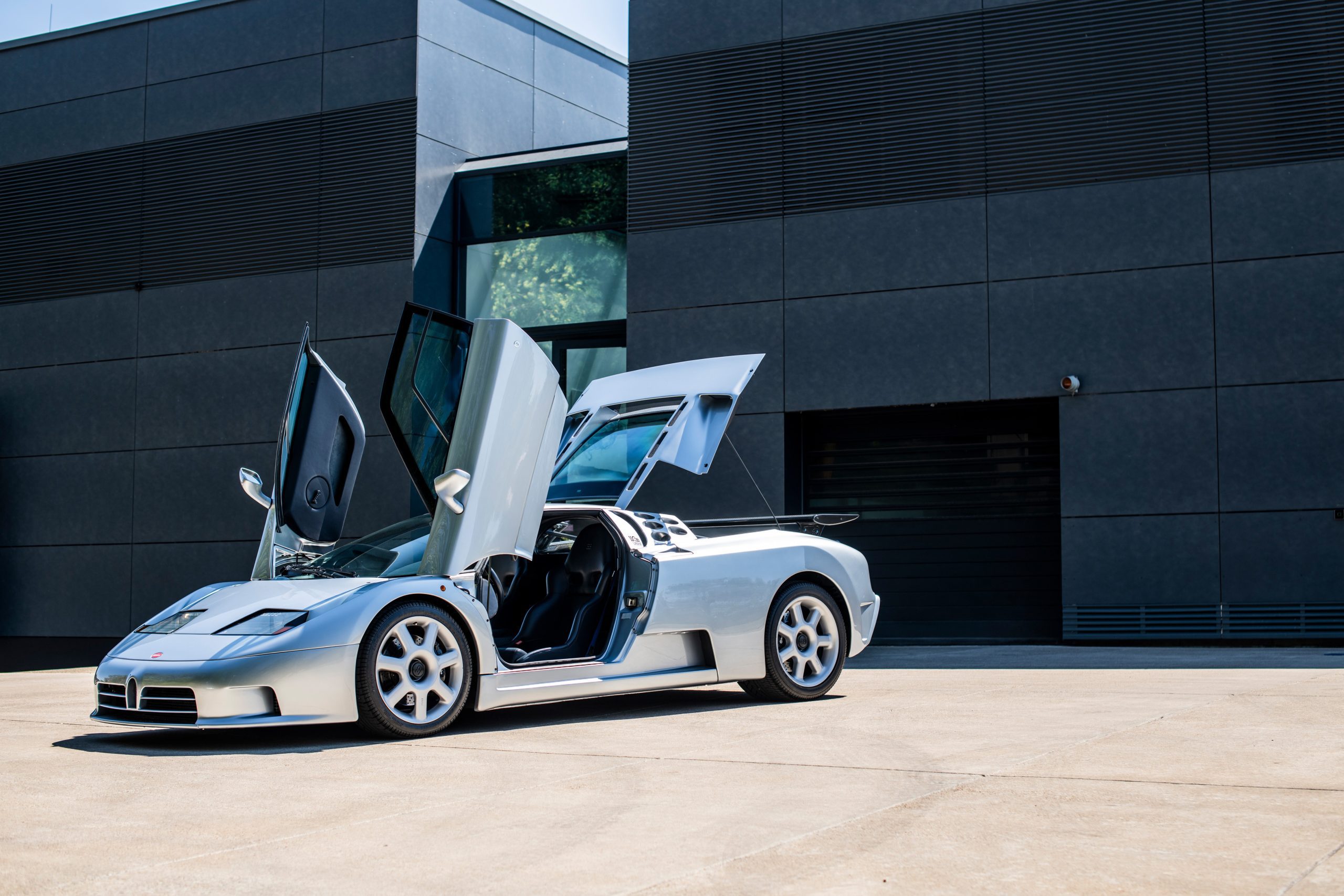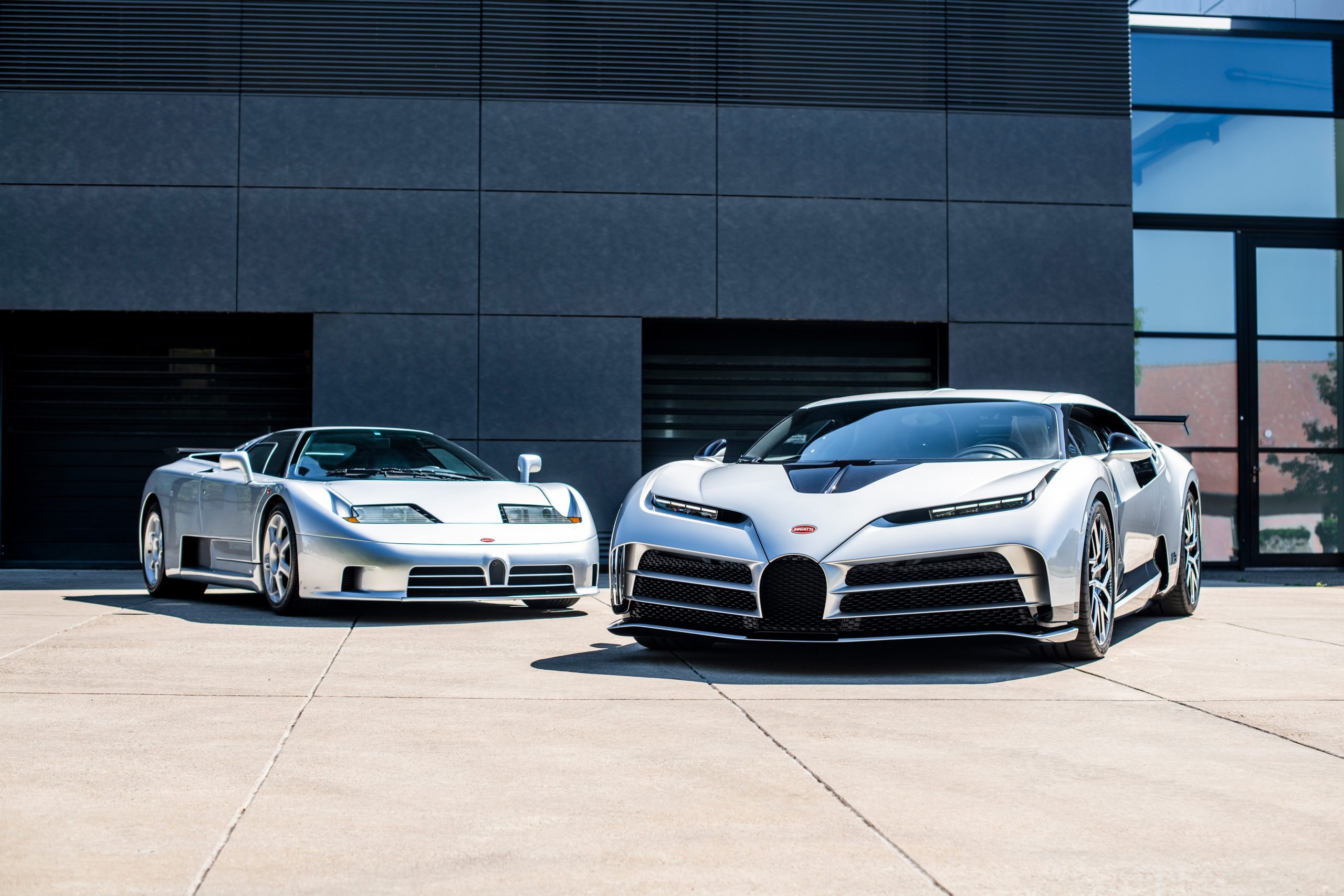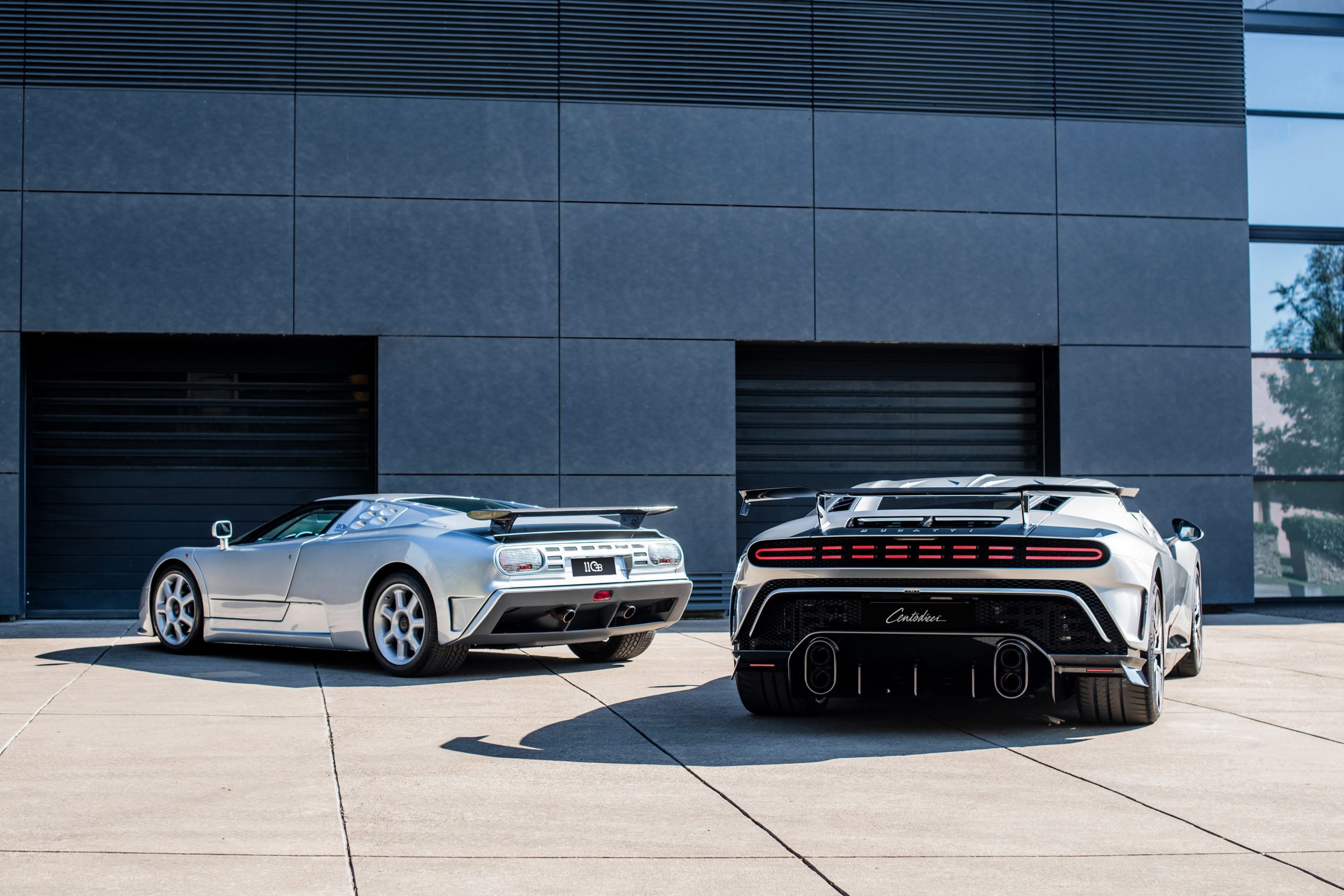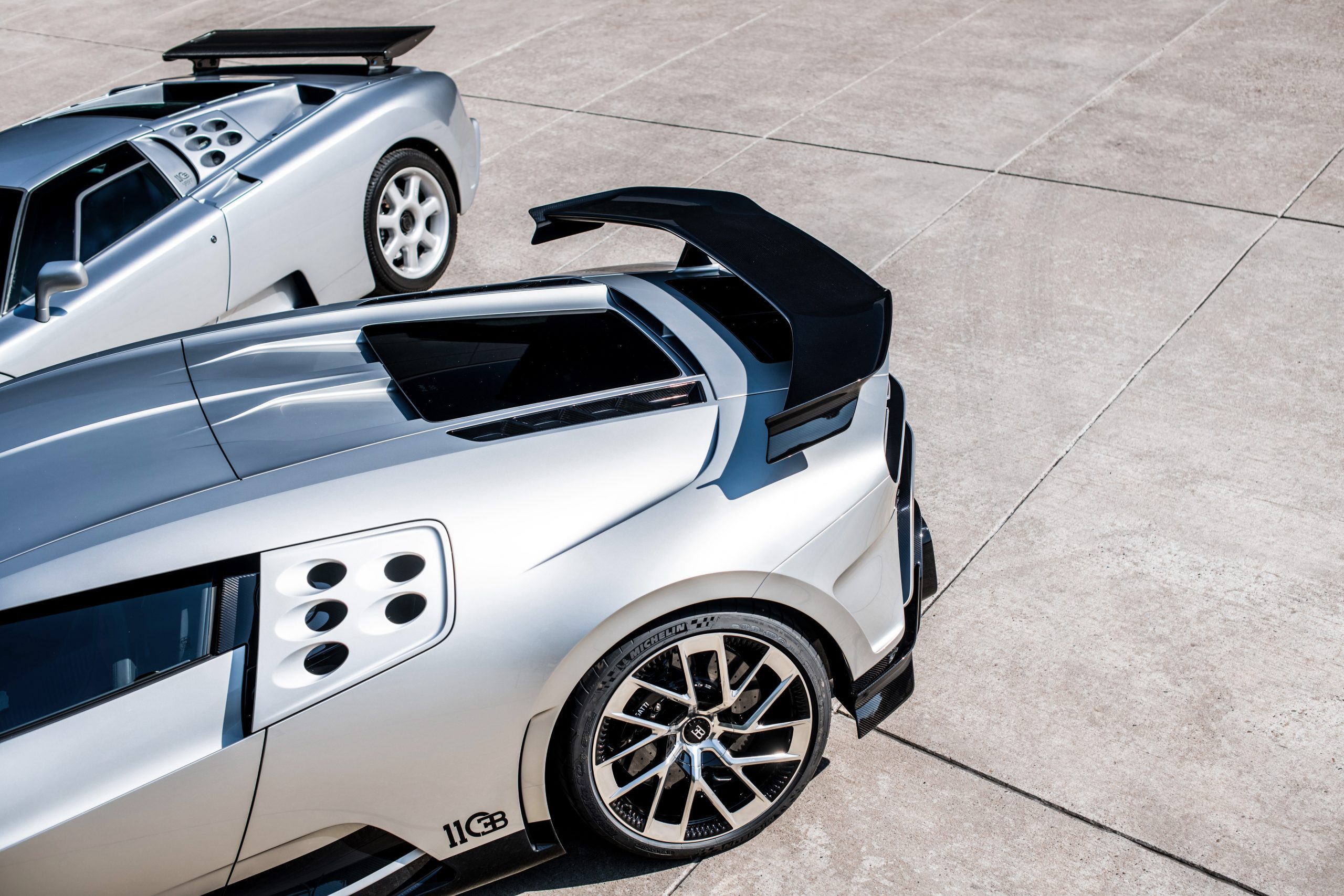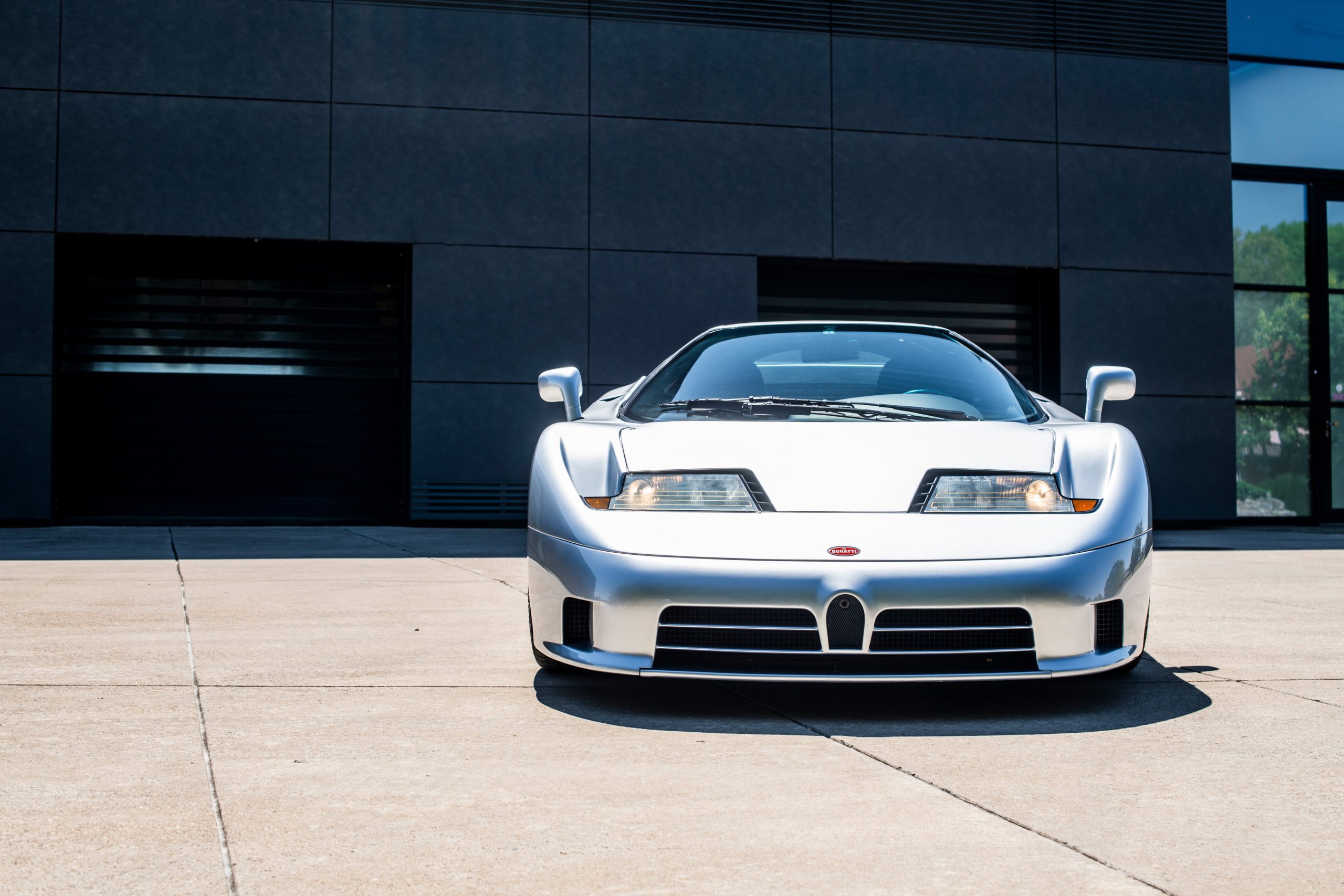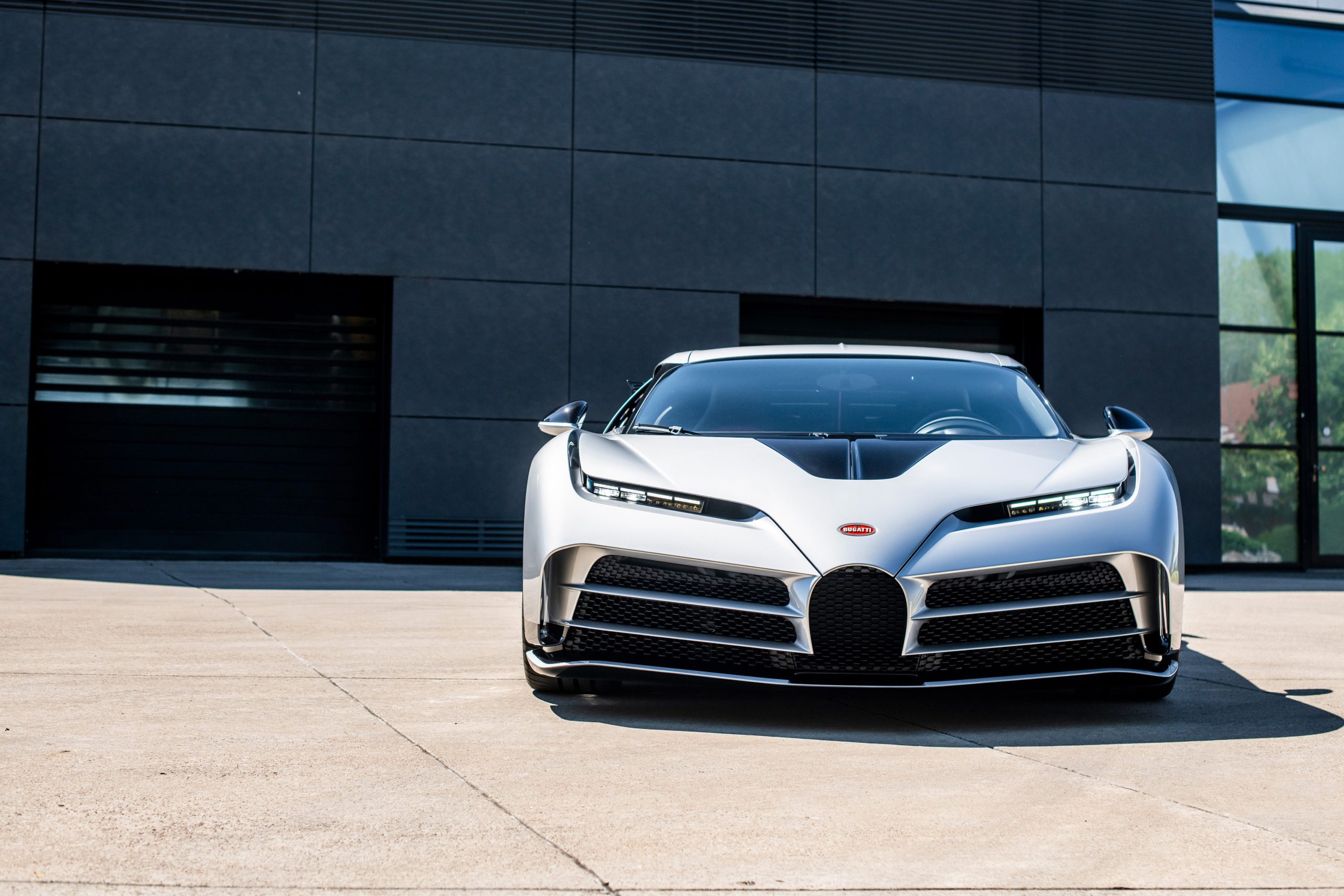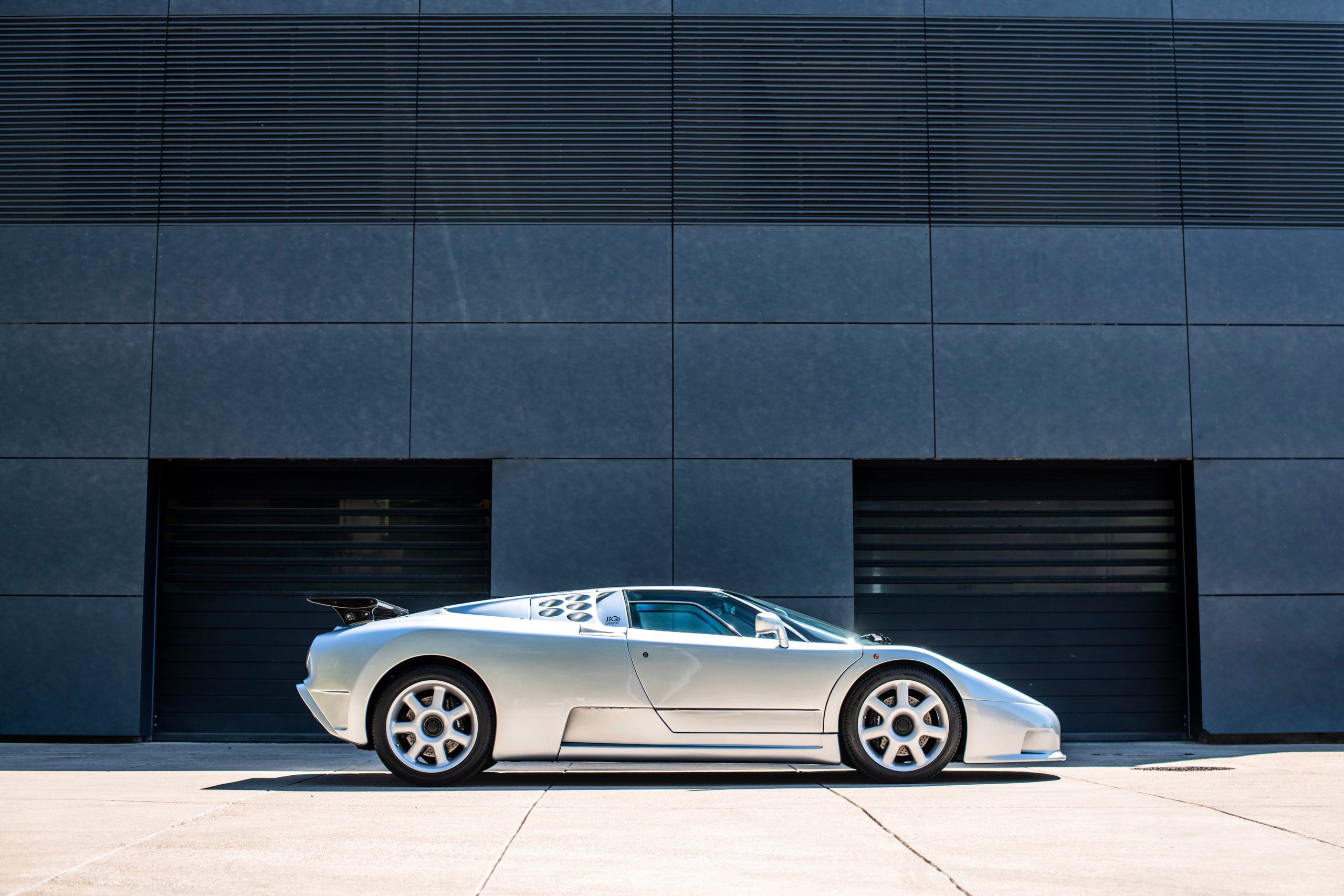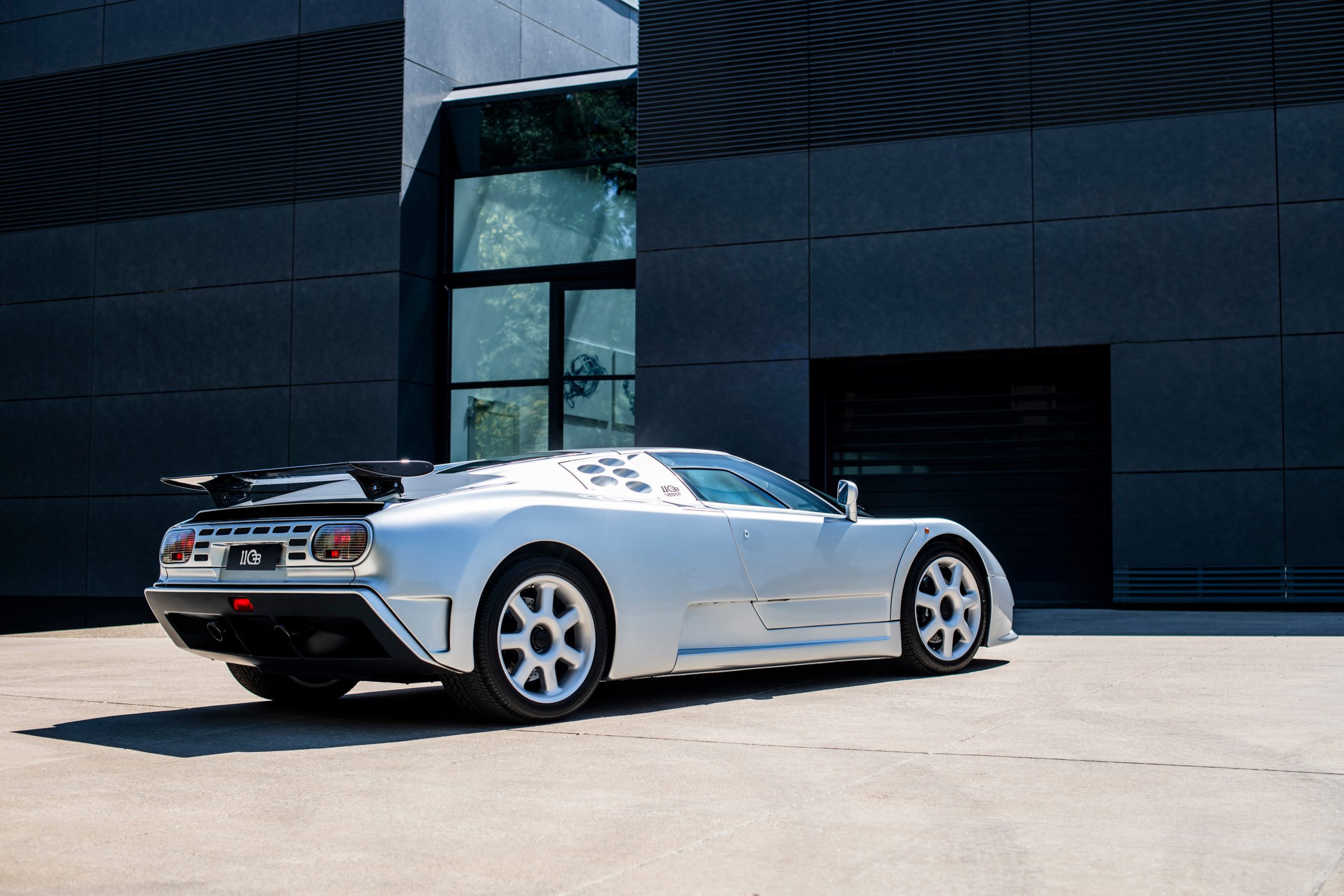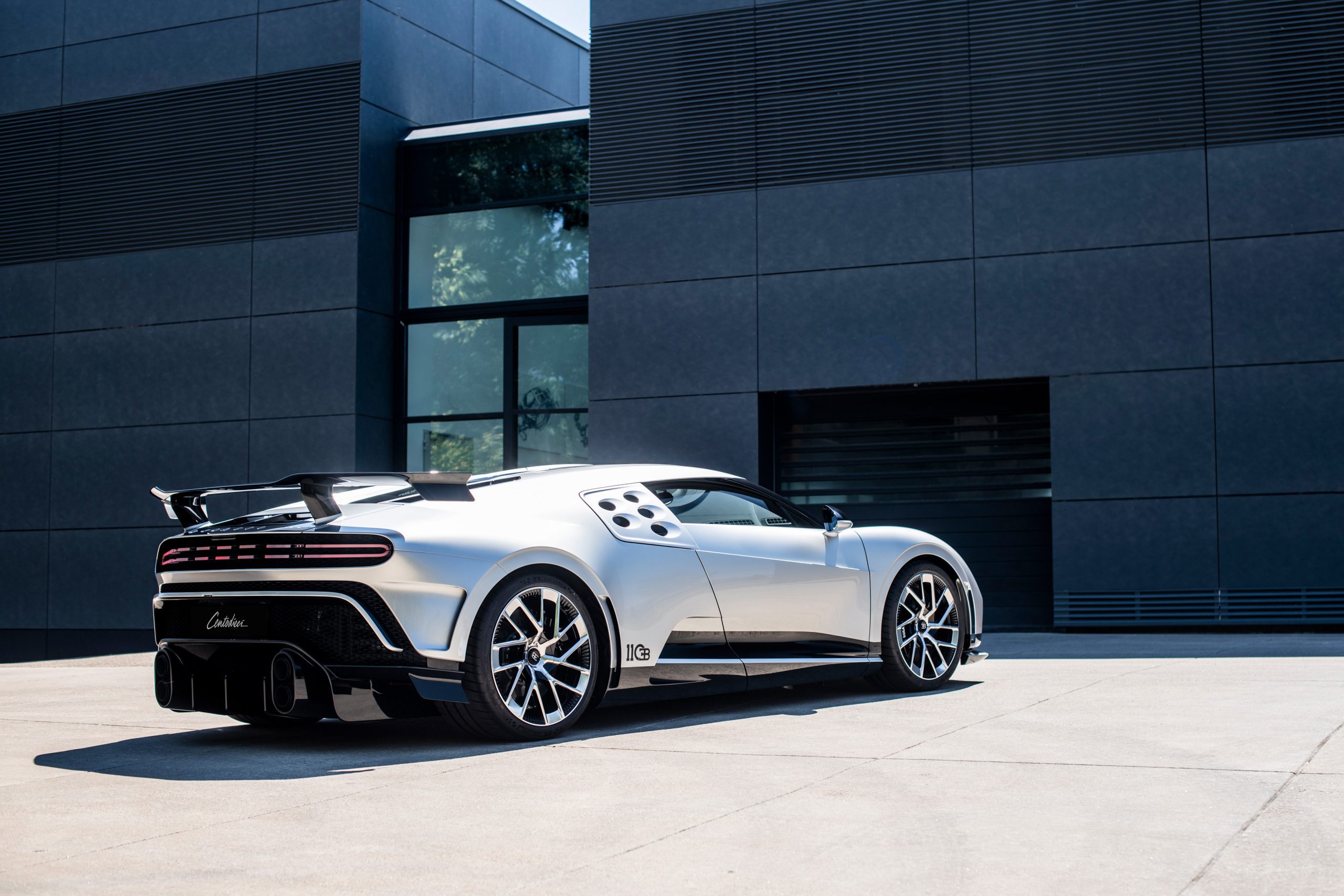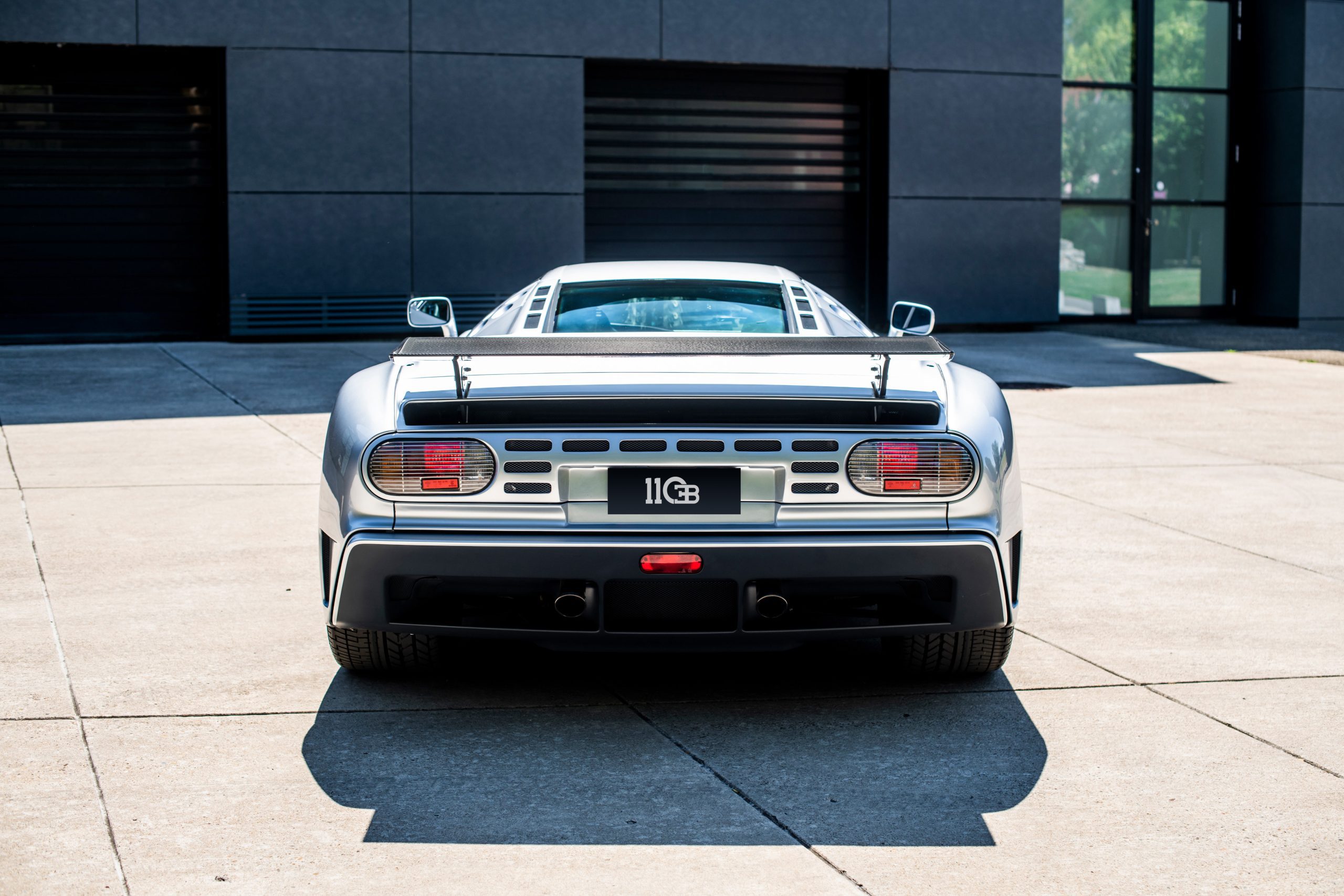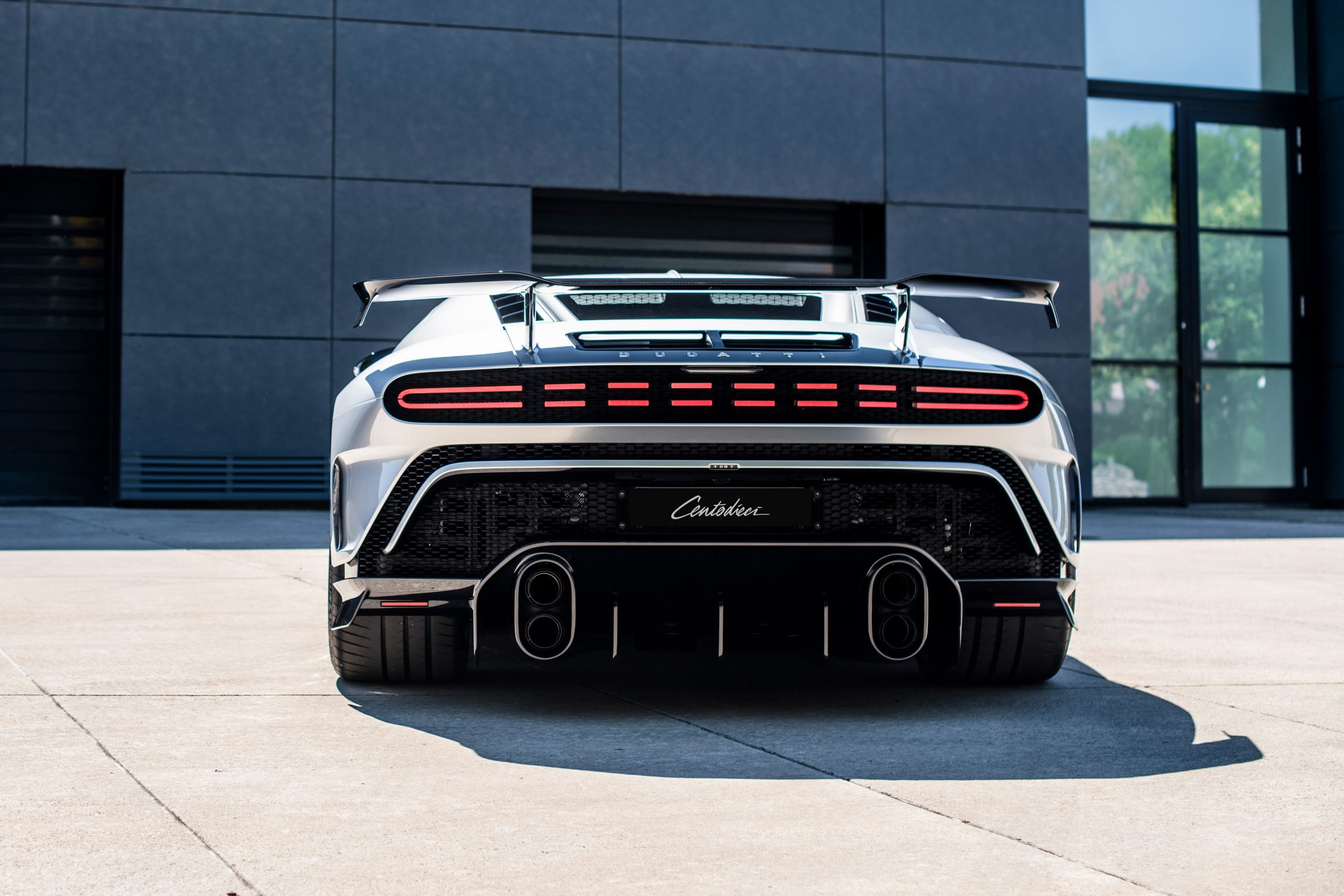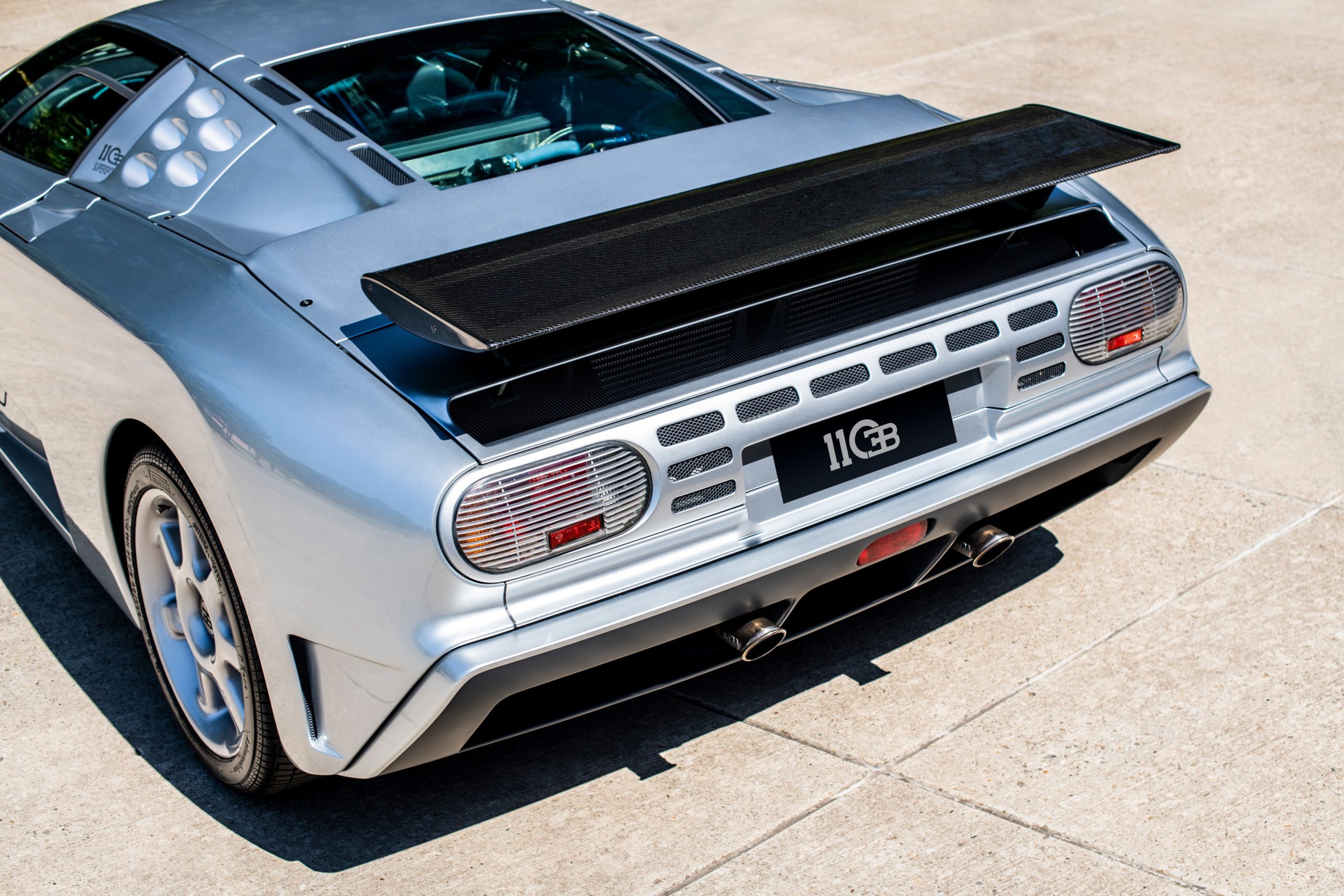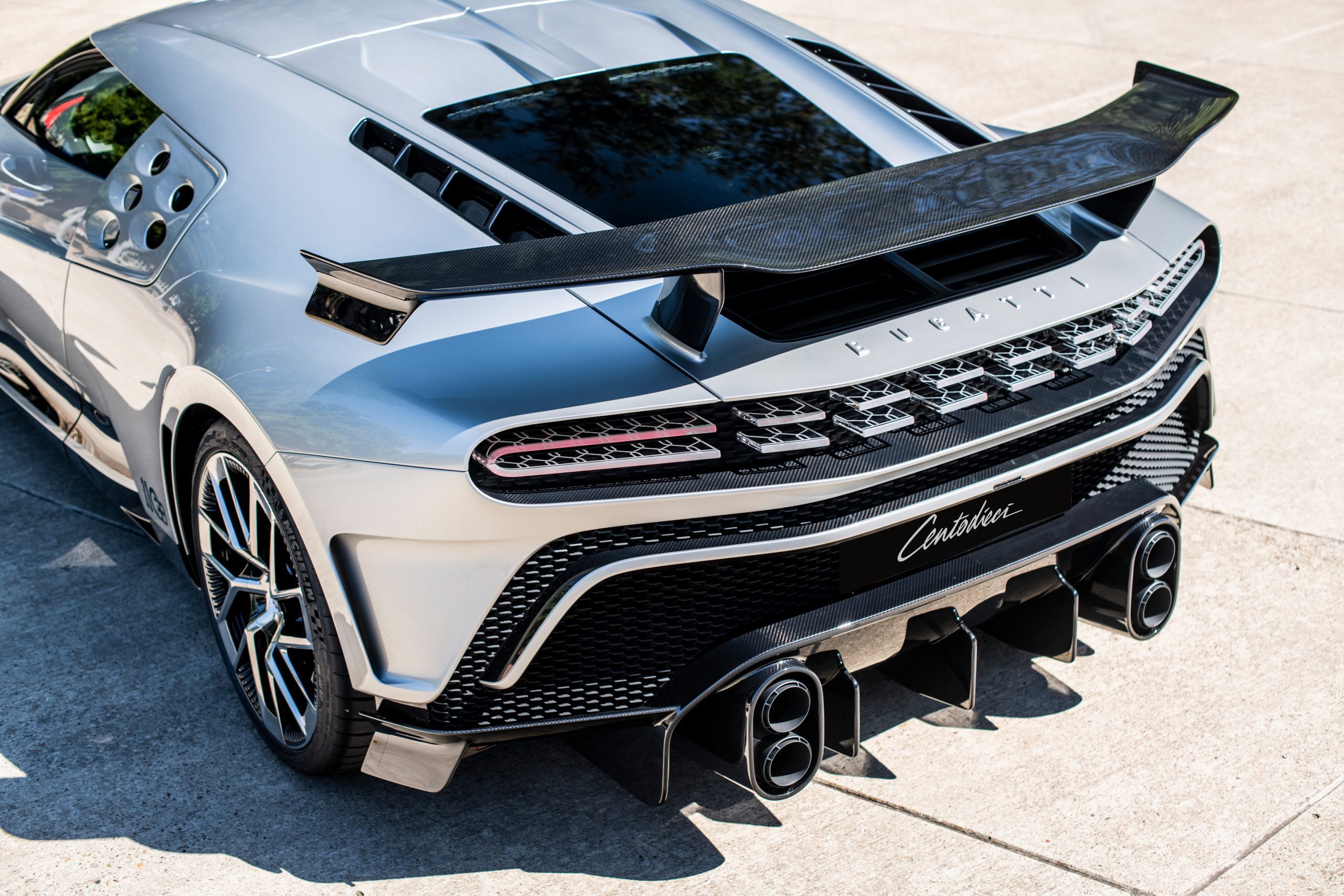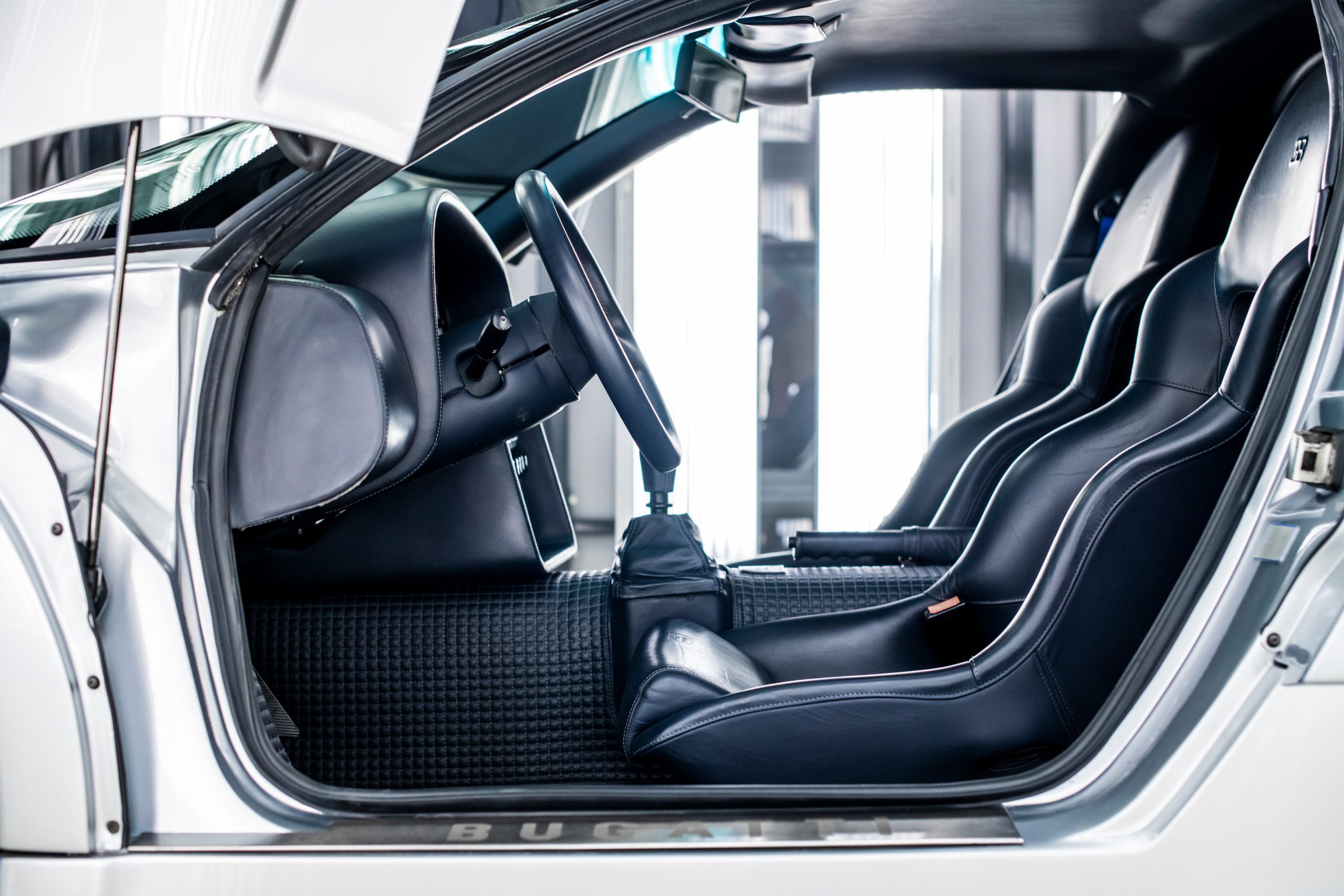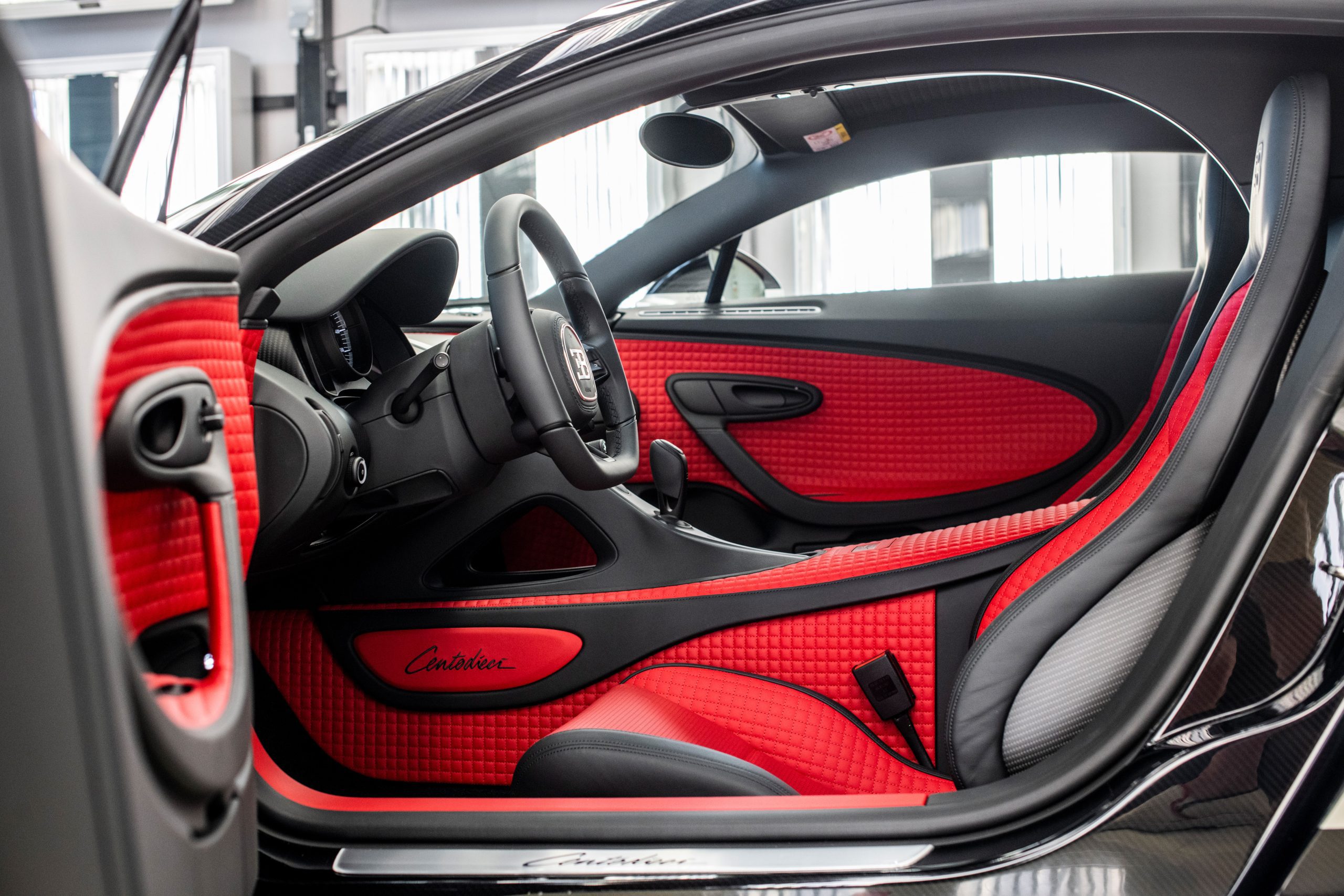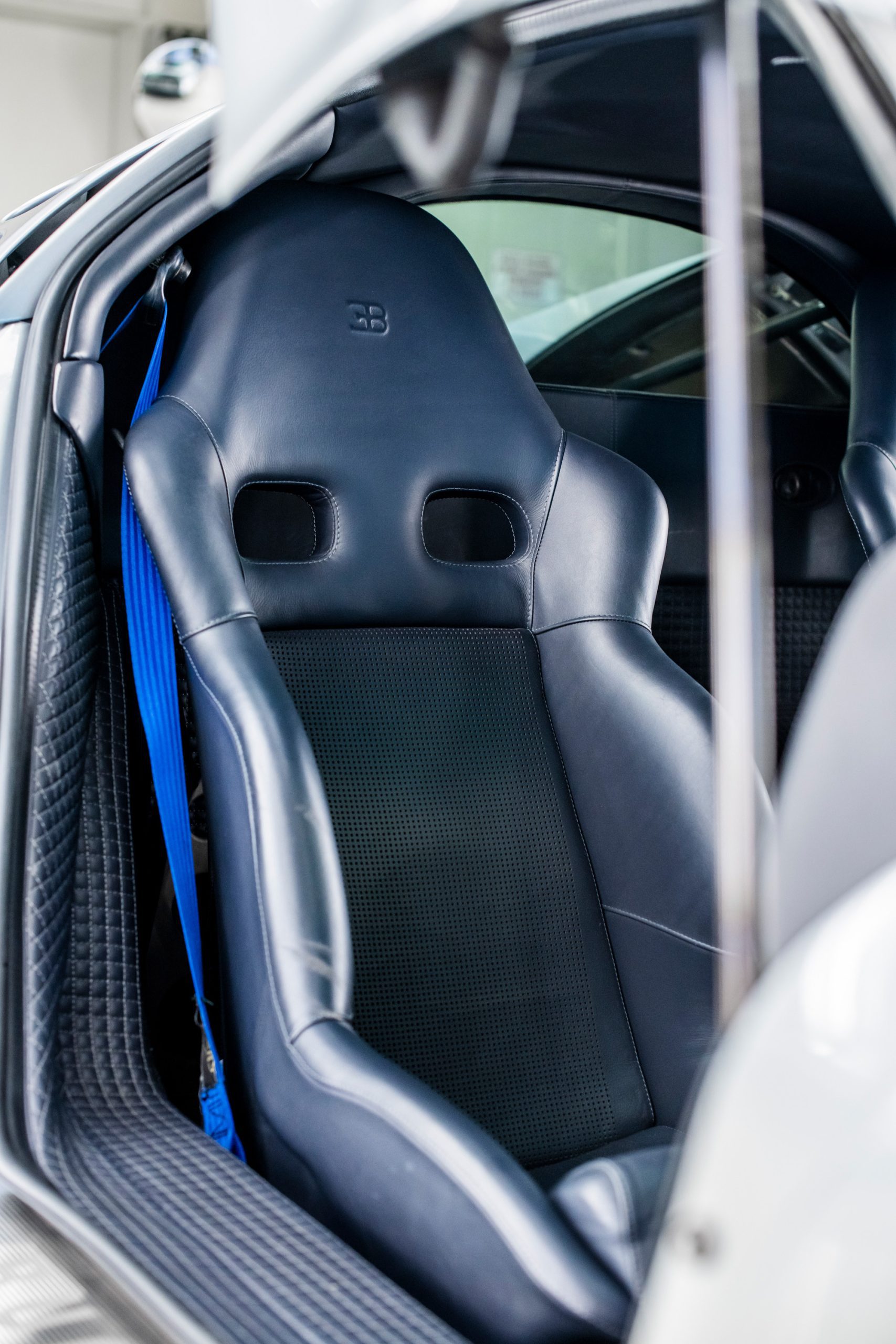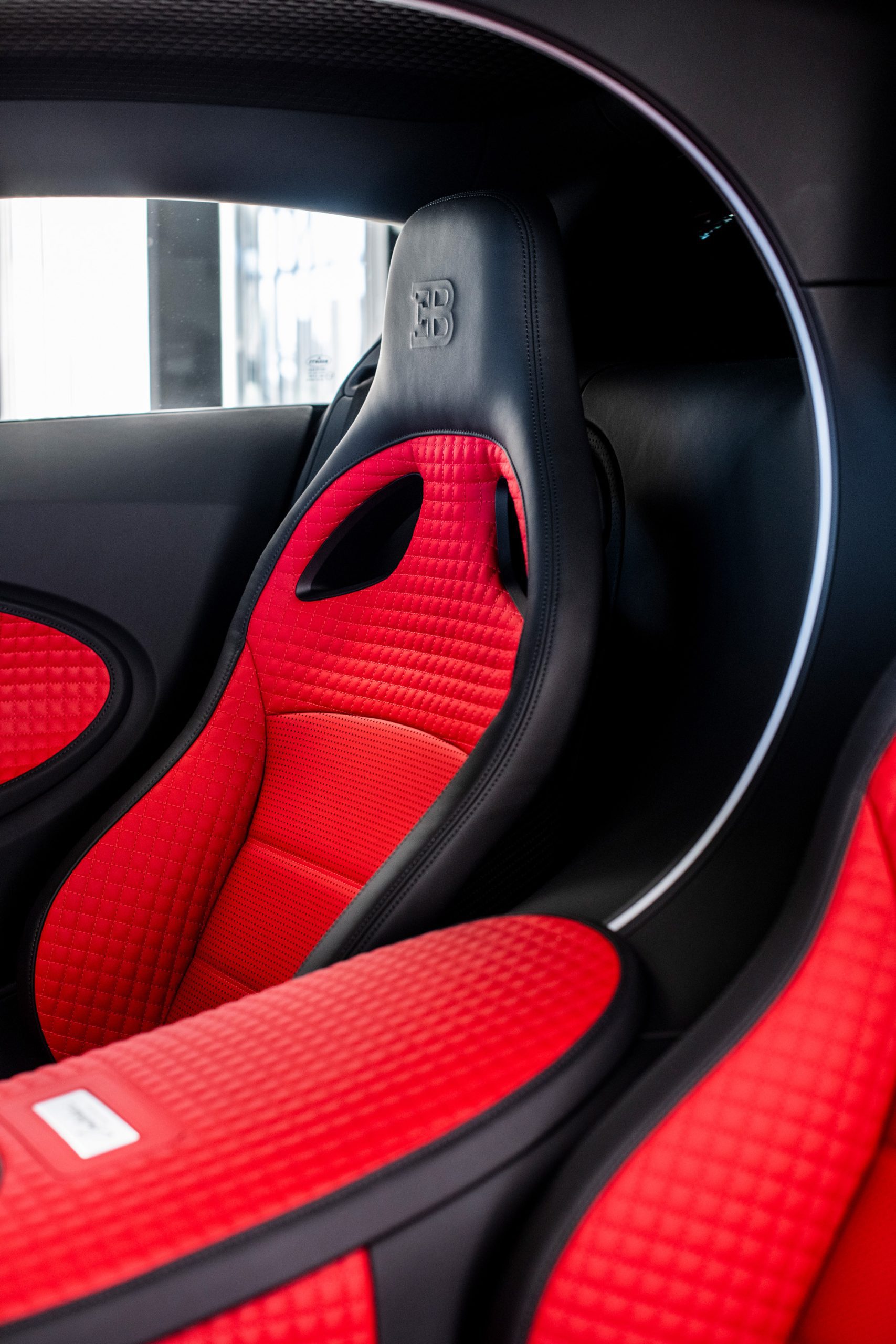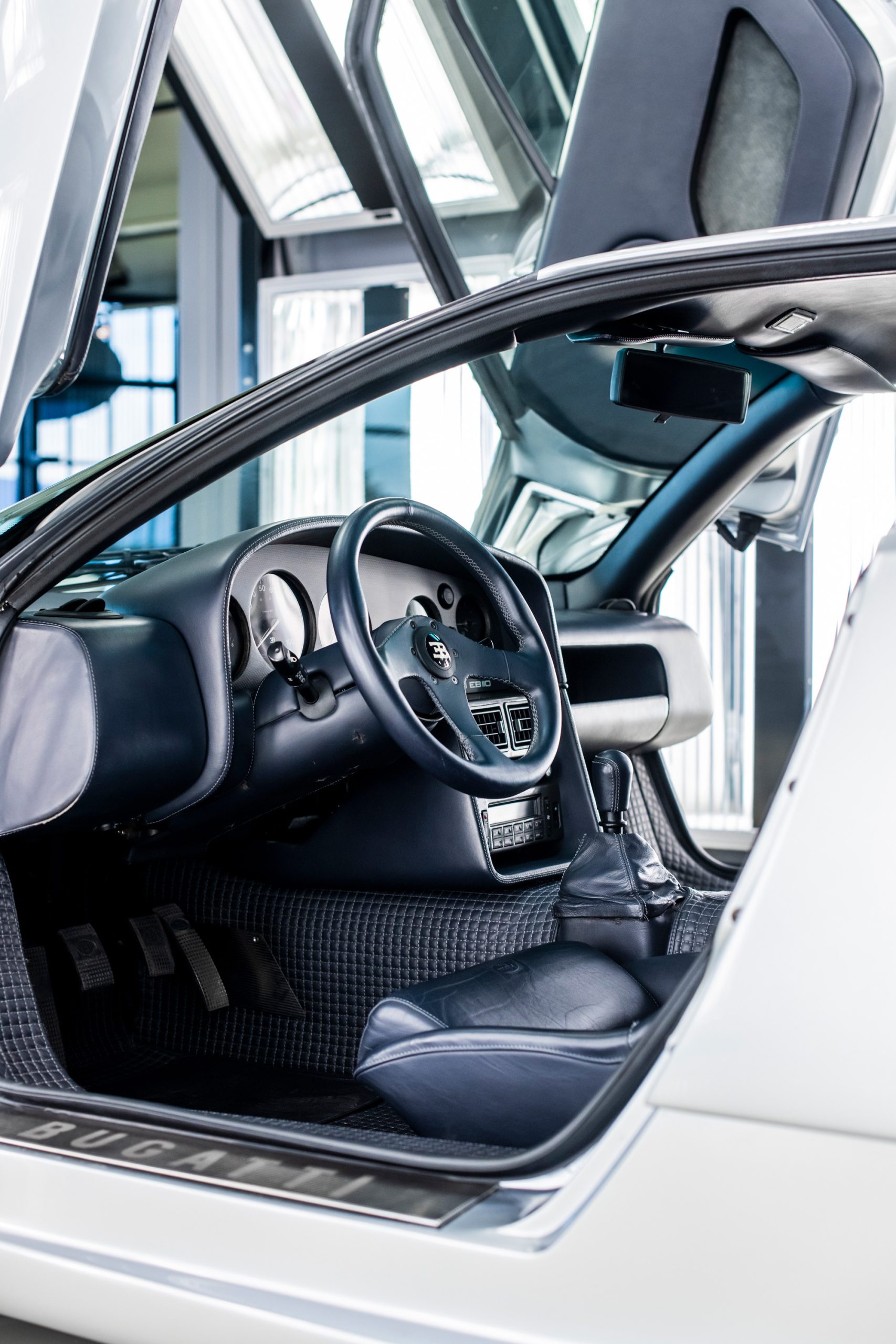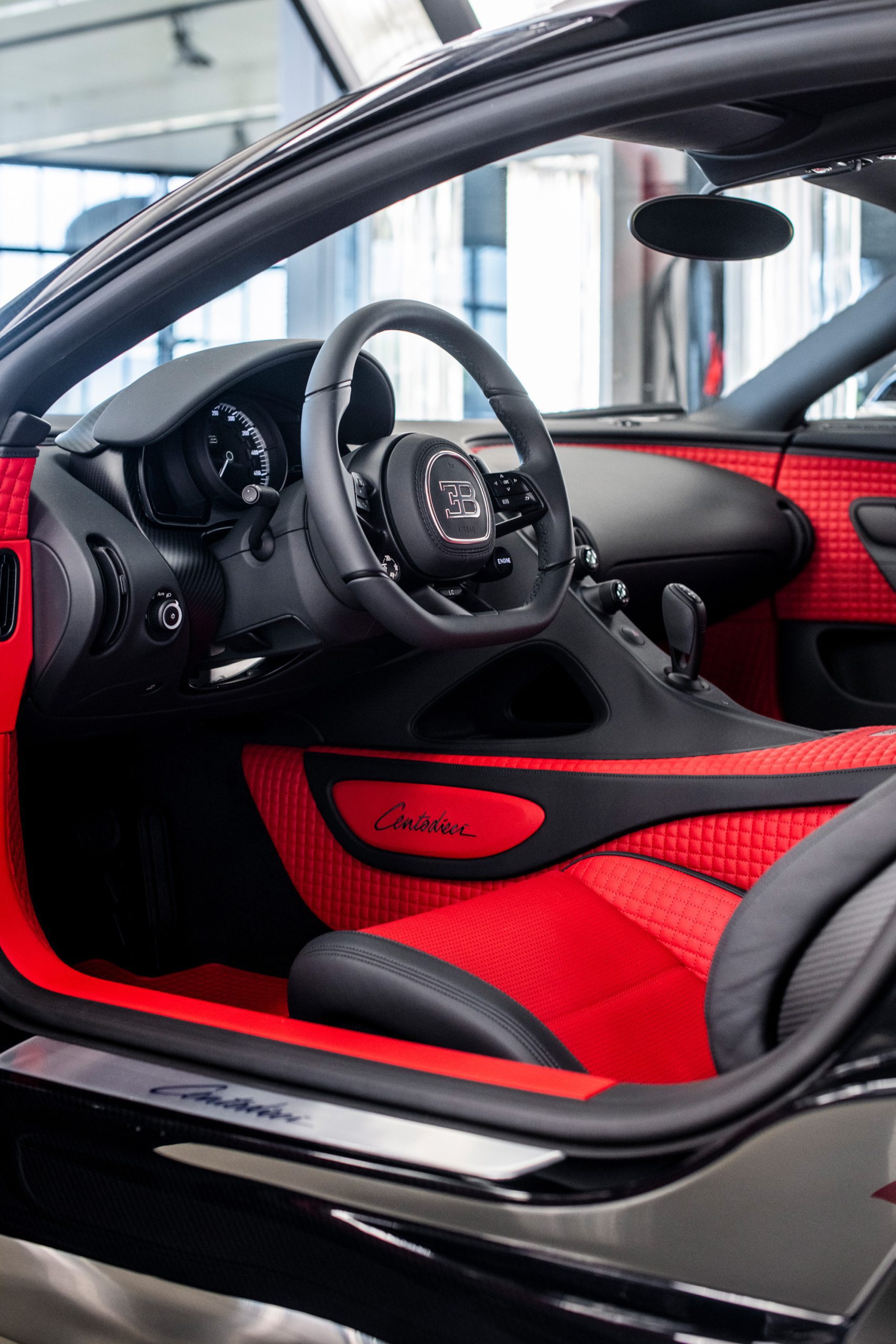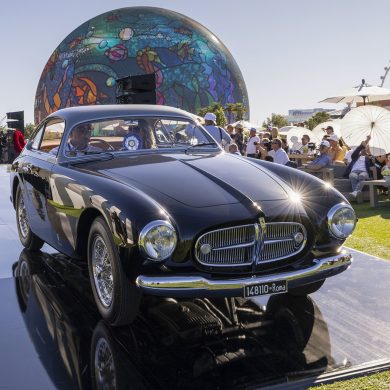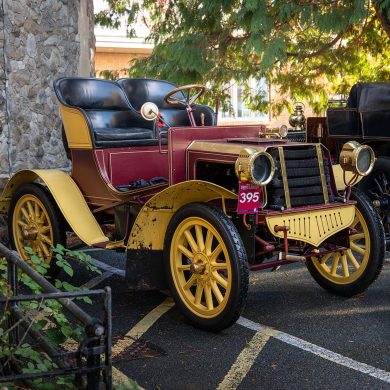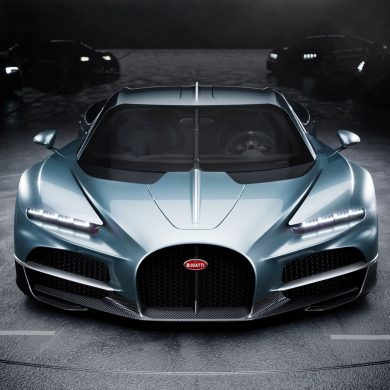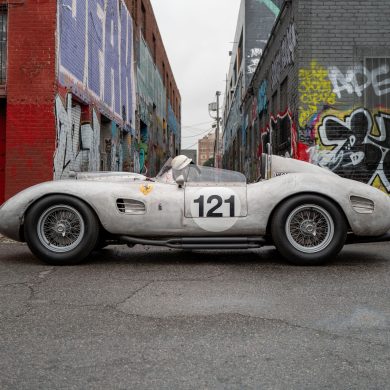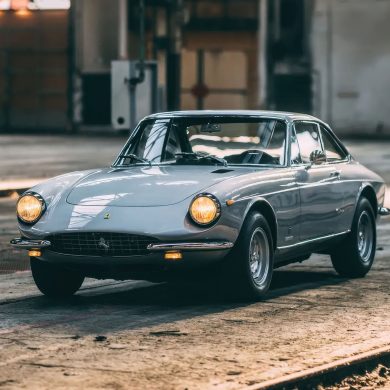Production of the Bugatti Centodieci is ongoing, and the latest customer example of this limited series distinctly shows the design evolution between the legendary EB110 Supersport and its more modern coachbuilt counterpart.
The Bugatti design team looked to the EB110 Supersport for inspiration in the process of creating the new coachbuilt hyper sports car. Designed and produced during the era of Romano Artioli in Bugatti which lasted from 1980s to 1990s, the EB110 Supersport is a lighter and more powerful version of the EB110, and it was also given some styling changes and a fixed rear wing for improved downforce.
Bugatti Design Director Achim Anscheidt shared, “The EB110 is unique in the Bugatti history. With the brand’s rebirth in the late 1980s the EB110 emerged with timeless sports car proportions. Its design was finished by Giampaolo Benedini, the architect responsible for the Bauhaus-inspired Campogalliano factory of the period, and the EB110’s memorable graphics and sophisticated shapes certainly reflect that architectural approach. But what was true of the EB110 Supersport is true for us today: form follows performance. So we wanted to look at why this car looked the way it did, and reinterpreted that for a modern era Bugatti.”
Similarities between the two are undeniable. In the Supersport, it had five recognizable cooling holes in the B-pillar, which is needed to feed air to the 3.5-liter quad-turbocharged V12 engine. The air then goes through the glass-covered engine bay and goes out through the ten slots in the rear. This feature is modernized and reinterpreted in the Centodieci through the five cooling ports at the peak of a newly shaped Bugatti C-line on the W16 engine, which was given an EB110-inspired glass cover. The air then goes out through the rear, going through a new light signature that copied the vents on the EB110 Supersport. An enlarged rear diffuser contains the vertically stacked quad exhausts, a modern tribute to the twin pipes of the EB110 Supersport.
Every design detail of the Centodieci must both be beautiful and can deliver the road-going performance that bests even the revolutionary EB110 Supersport. The 1,600 PS Centodieci can accelerate from 0 to 100 kph (62 mph) in just 2.4 seconds. It can also go from 0 to 200 kph (124 mph) in just 6.1 seconds. Acceleration from 0 to 300 kph (186 mph) can be achieved in only 13.1 seconds. Bugatti has electronically limited the top speed of the Centodieci to 380 kph (236 mph).
Head of Special Projects in the Bugatti Design Team Nils Sajonz stated that, “When designing a car that is able to reach safely the speeds the Centodieci is capable of, you have to take into account many different considerations. It must be safe, it must be aerodynamic and it has to direct air effectively around the powertrain components for cooling. We used the Chiron powertrain and monocoque as a base, but the development of the Centodieci was so wide-ranging that we were essentially designing an entirely new car. To achieve the desired levels of performance and stylistic perfection, this is the only way.”
A proper tribute to the EB110 Supersport also means that the design team would have to reimagine the iconic silhouette of the legendary car which seems to leap forwards even when it is stationary. This means that a completely new roofline and profile would need to be created, with the front sitting much lower while the rear is much higher. The new visor-inspired glasshouse flawlessly wraps around the body, with the EB110’s understated Bugatti horseshoe grille heavily influencing the design of the Centodieci.
After setting the proportions, the design team then concentrated on modernizing parts of the Bauhaus-inspired flat surfaces and details of the EB110. The Centodieci’s gentle curves at the side of the car create a play of light and shadow. The slap-shaped headlights of the EB110 were redesigned into innovative slimline LED headlights for the Centodieci – a bespoke design created only for this project.
“Some have argued that without the EB110, the Bugatti brand would not be in the position it is today. The car helped to shape the new vision of the company following its acquisition by the Volkswagen Group in the late 1990s. We have engineering geniuses such as the recently departed Nicola Materazzi to thank for its incredible performance, but we also recognize the amazing vision of its designers. The timeless shape provided us with endless inspiration to create a fitting homage to this very significant piece of Bugatti history,” Achim Anscheidt added.
Only ten examples of the extremely exclusive Bugatti Centodieci will be hand-built at the Molsheim Atelier. Delivery to customers is expected to last until the end of the year. Each Bugatti Centodieci is already sold at a unit price of eight million euros.


